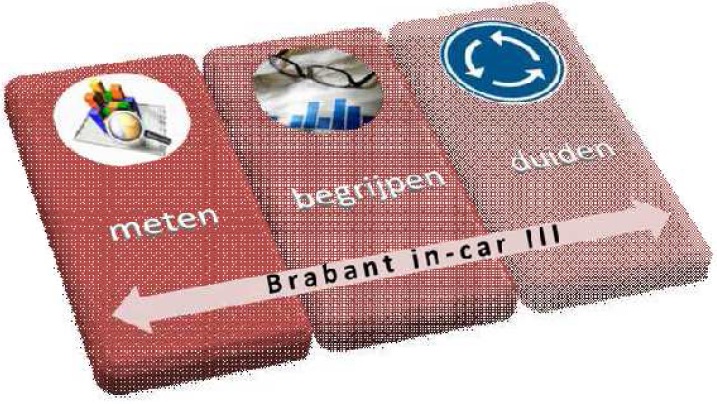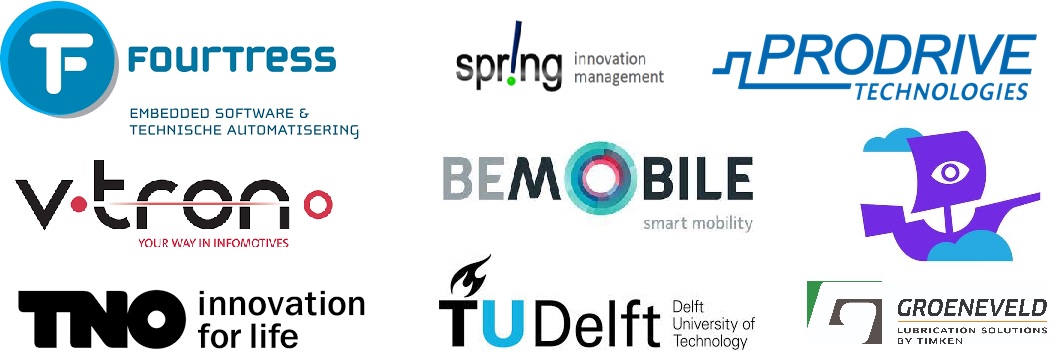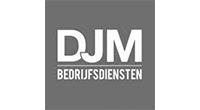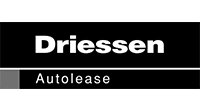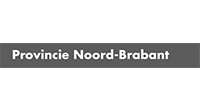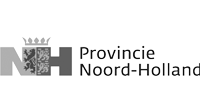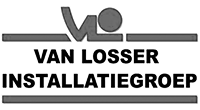Goal of ZOOF A67
Brabant In-car III is a subsidy programme that falls within the framework of the national Better Utilisation programme. This programme focuses on solving specific traffic flow problems. Concrete results must be delivered by 2014 at the latest. Brabant In-car III focuses on using in-car technology to solve specific traffic flow problems on the A67 motorway. Brabant in-car III is the first in a series of programmes that focus on solving specific traffic issues.
The Brabant in-car III programme involved a search for:
“ITS applications that optimise the interaction between passenger cars and lorries in traffic, thereby improving the flow of both freight and passenger traffic. The area of application includes at least the A67 motorway (from the Belgian border to the German border) and its slip roads. Measures must not be implemented at the expense of the network performance of the entire regional road network”.
Project approach
Brabant in-car III is the follow-up to the Brabant in-car I and II programmes. Unlike the previous two programmes, which covered a variety of projects, the current programme covers three projects that are very similar:
- Each of the projects focuses primarily on the development of a smartphone app that provides in-car advice.
- The recommendations concern aspects such as driving speed, distance to the vehicle in front and the lane.
- These are given to drivers of passenger cars and lorries who regularly use the A67 between the Belgian and German borders on the route from Antwerp via Eindhoven to the Ruhr area.
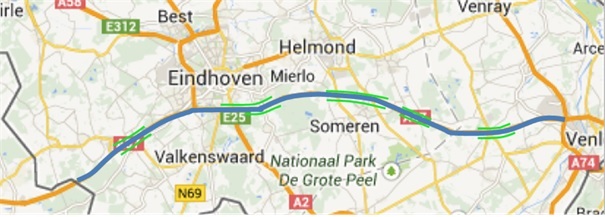
- Each of the projects utilises knowledge developed in the HTAS project Connected Cruise Control (CCC).
- The TUD therefore plays a role in each of the projects.
- The project objectives are to improve traffic flow and road safety on the A67 motorway now and to roll out this service to other parts of the Netherlands and beyond as a follow-up objective.
V-tron participated in the ZOOF sub-project (formerly Doorstroomrijden), which was carried out by Fourtress, Spr!ng, V-tron, Be-Mobile, TIM Digital Marketing, ProDrive and Fantasm.
Contact V-tron:
Results achieved
In the final phase of the project, ZOOF made a number of improvements to the application and the back end. This meant that two data sets were available to ZOOF. The first data set yielded the same overview characteristics as those obtained from the Smoover and Blinkr sub-projects.
In general, it can be said that ZOOF as an app takes over the function of the AID. Unfortunately, the timing of the advice and the detection of congestion is not yet perfect. This is something that is very difficult to achieve without being directly linked to roadside systems. The information chain that precedes such an app often involves too much delay to be able to warn of congestion in time. This delay can be compensated for by means of a prediction algorithm or model.
This is one of the key differences between this version and the November version of the app. In February, the app did use a prediction model, whereas previously it did not. The above results show that there is still room for improvement in this area. In addition, the timing and detection could be further improved.
Conclusions
For all three projects, it appears that users mainly follow the flow of traffic. Therefore, you cannot expect that when the vast majority of traffic does not receive advice, users of the app will drive at speeds that deviate significantly from the flow of traffic.
It is difficult to say whether users adjust their speed in response to the recommendations, or whether the recommendations are in line with the traffic flow. In that sense, it is a bit of a chicken-and-egg situation. In order to properly analyse the behavioural effects, the speed profiles of users must be compared with the entire traffic flow. If clear differences arise shortly after advice is given, then there is a good chance that behaviour is being influenced. However, such a measurement was not feasible within this project.
Because users seem to drive largely in line with the flow of traffic, it is also difficult to determine whether there are any subtle effects. If the recommended speed is 80, but you are driving at 100, will you perhaps drive at 95 km/h? This cannot be deduced from the speed profiles, and such effects are also lost in the averages. By delving deeper into the data, it might be possible to detect such effects, but even then it remains unclear whether this effect is due to the recommendation or to the traffic flow.
As traffic jam warning apps, Blikr! and ZOOF have potential. Blikr! in particular seems well capable of giving timely advice to slow down before reaching a traffic jam. ZOOF still needs some work on timing and detection.

